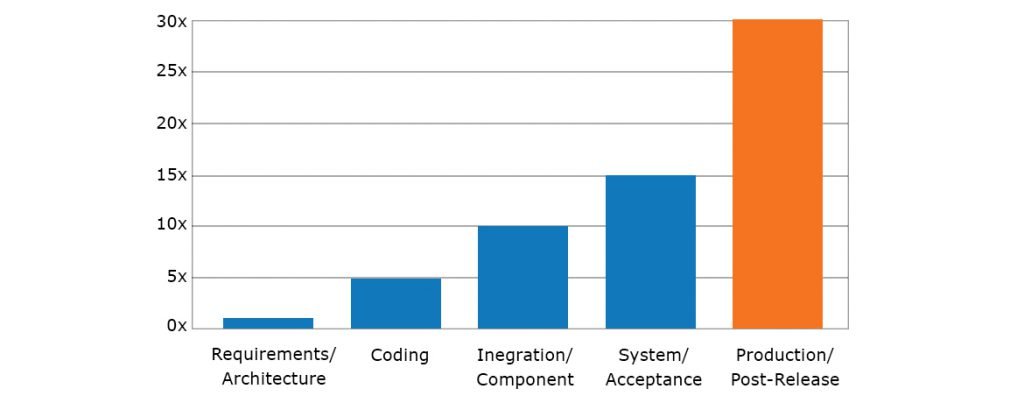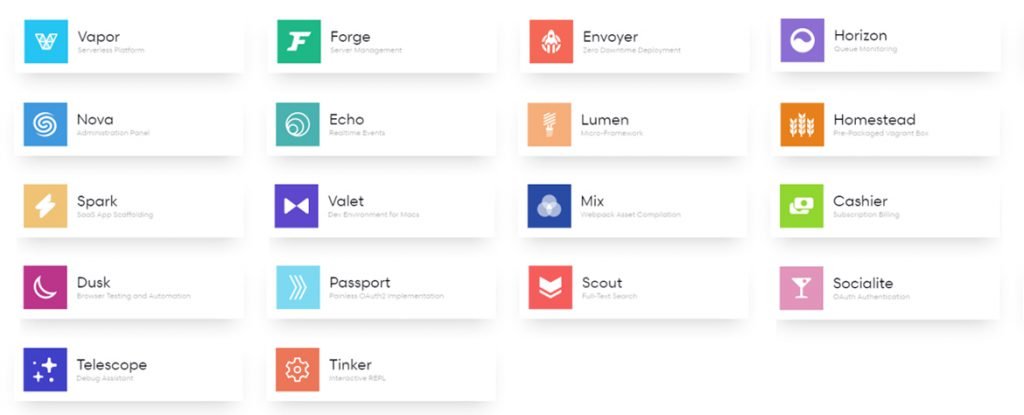
Building Scalable Application with Laravel
LARAVEL PHP FRAMEWORK
Laravel is a web application framework with expressive, elegant syntax. We believe development must be an enjoyable and creative.

Laravel is a web application framework with expressive, elegant syntax. We believe development must be an enjoyable, creative experience to be truly fulfilling. Laravel attempts to take the pain out of development by easing common tasks used in the majority of web projects, such as authentication, routing, sessions, and caching.
Laravel aims to make the development process a pleasing one for the developer without sacrificing application functionality. Happy developers make the best code. To this end, we’ve attempted to combine the very best of what we have seen in other web frameworks, including frameworks implemented in other languages, such as Ruby on Rails, ASP.NET MVC, and Sinatra.
Laravel is accessible, yet powerful, providing powerful tools needed for large, robust applications. A superb inversion of control container, expressive migration system, and tightly integrated unit testing support give you the tools you need to build any application with which you are tasked.
Benefits of Using Laravel PHP Framework
Authentication and Authorization Systems
Laravel makes implementing authentication very simple. Almost everything is configured out-of-the-box. Laravel also provides a simple way to organize authorization logic and control access to resources.
Integration with Mail Services
Laravel provides a clean, simple API over the popular SwiftMailer library. Laravel also provides drivers for SMTP, Mailgun, Mandrill, SparkPost, Amazon SES, PHP’s “mail” function, and “sendmail”, allowing an application to quickly get started sending mail through a local or cloud-based service. In addition to support for sending email, Laravel provides support for sending notifications across a variety of delivery channels, including SMS (via Nexmo) and Slack.
Integration with Tools for Making Web Applications Faster
Laravel supports popular cache backends like Memcached and Redis out-of-the-box. By default, Laravel is configured to use the file cache driver, which stores cached objects in the file system. For larger applications, it is better to use an in-memory cache such as Memcached or APC. However, with Laravel it is even pos
Integration with Tools for Making Web Applications Faster
Laravel helps to secure the web application by protecting it against the most serious security risks: SQL injection, cross-site request forgery, and cross-site scripting. Laravel itself is secure. We can tell you first hand that the codebase is fanatically guarded, and that the code has been vetted by several people.
sible to configure multiple cache configurations.

Error and Exception Handling
Error and exception handling is already configured for any new Laravel-based project. In addition, Laravel is integrated with the Monolog logging library, which provides support for a variety of powerful log handlers.
Automation of Testing Work
Laravel is built with testing in mind. In fact, support for testing with PHPUnit is included out-of-the-box and a phpunit.xml file is already setup for the application. The framework also ships with convenient helper methods allowing for expressive testing of the applications. It provides easy ways for simulating basic behavior of users (making requests to the application and examining the output, for example, clicking links, filling out forms).
URL Routing Configuration
All Laravel routes are defined in the app/Http/routes.php file, which is automatically loaded by the framework. The most basic Laravel routes simply accept a URI and a Closure, providing a very simple and expressive method of defining routes.
Separation of “Business Logic Code” from “Presentation Code”
Laravel is an MVC framework, so separation is already done. See the figure: the full MVC request cycle in a Laravel 5 application.

Message Queue System (Delayed Delivery) Configuration
The Laravel queue service provides a unified API across a variety of different queue backends. Queues allow you to defer the processing of a time-consuming task, such as sending an e-mail, until a later time, which drastically speeds up web requests to your application.
Scheduling Tasks Configuration and Management
In the past, developers have generated a Cron entry for each task they need to schedule. However, this is a headache. Such task schedule is no longer in source control, and developers must SSH into the server to add the Cron entries. The Laravel command scheduler allows for the fluent and expressive defining of command schedule within Laravel itself, and only a single Cron entry is needed on the server.
How Fast are Laravel-based Web Applications?
Web application should run as quickly as possible. Amazon found that every 100ms of latency cost them 1% in sales. Google found that extra .5 seconds in search page generation time dropped traffic by 20%. Broker can lose $4 million in revenues per millisecond if his electronic trading platform is 5 milliseconds behind the competition! It is important not just to develop web application but to develop fast web application, which will result in accelerating revenue



